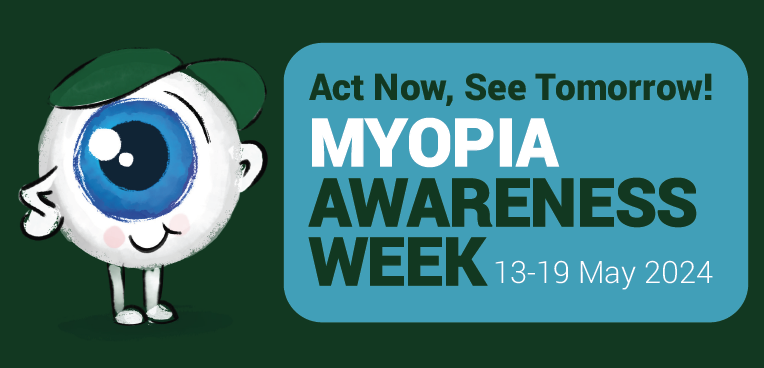
Earl L. Smith III, OD, PhD, IMI Advisory Board
College of Optometry, University of Houston, Houston, Texas, United States

David Troilo, PhD, IMI Committee Chair
SUNY College of Optometry, State University of New York, United States
Committee members:
- Prof. Siegfried Wahl
- Dr. Lisa Ostrin
- Dr. Kee Chea-su
- Dr. Tim Gawne
- Dr. Andrei Tkatchenko
- Prof. Machelle Pardue
- Dr. Regan Ashby
- Dr. Debora Nickla
- Dr. Jody Summers
- Dr. Falk Schroedl
Experimental animal models continue to provide new insights into the cellular and molecular mechanisms of eye growth control, including the identification of potential new targets for drug development and future treatments needed to stem the increasing prevalence of myopia and the vision threatening conditions associated with this disease.
The results of many studies in a variety of species have significantly advanced our understanding of the role of visual experience and the mechanisms of postnatal eye growth,and the development of myopia.
This paper surveys and reviews the major contributionsthat experimental studies using animal models have made to our thinking about emmetropization and development of myopia.
These studies established important concepts informing our knowledge of the visual regulation of eye growth and refractive development and have transformed treatment strategies for myopia. Several major findings have come from studies of experimental animal models.
These include the eye’s ability todetect the sign of retinal defocus and undergo compensatory growth, the local retinal control of eye growth, regulatory changes in choroidal thickness, and the identification of components in the biochemistry of eye growth leading to the characterization of signal cascades regulating eye growth and refractive state.
Several of these findings provided the proofs of concepts that form the scientific basis of new and effective clinical treatments for controlling myopia progression in humans.
Experimental animal models continue to provide new insights into the cellular and molecular mechanisms of eye growth control, including the identification of potential new targets for drug development and future treatments needed to stem the increasing prevalence of myopia and the vision threatening conditions associated with this disease.
Keywords: myopia, emmetropization, animal models, visual regulation, eye growth
Translated versions of IMI clinical summaries are available at myopiainstitute.org
The publication costs of the International Myopia Institute reports were supported by donations from BHVI, Carl Zeiss Vision, CooperVision, Essilor, Alcon, and Vision Impact Institute.


